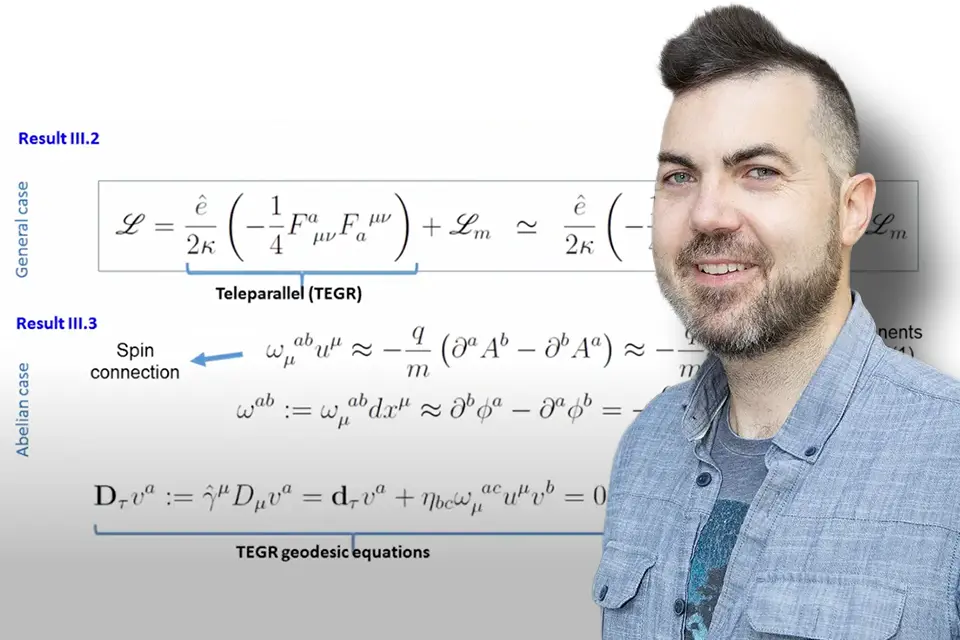SLU-Madrid Professor Publishes Theory Linking Gravity and Quantum Forces
Robert Monjo, Ph.D., mathematics professor at Saint Louis University-Madrid, has introduced a theory that may transform scientists' understanding of gravity and its relationship to quantum physics.
Monjo's research was recently published in the Journal of High Energy Physics. SLU-Madrid professor's proposed theory, called "colored gravity," presents a new framework that unifies gravity with the fundamental forces described in the Standard Model: electromagnetism, the weak nuclear force and the strong nuclear force.
The model relies on a mathematical structure known as U(1,3), which extends conventional four-dimensional space-time into a more complex geometry. In Monjo's formulation, space-time behaves like a twisted double helix — similar to DNA — forming a "colored fabric." The term "color" refers not to visible hues but to the "color charge" used in quantum chromodynamics to describe quark interactions.
The theory offers precise predictions for a key physical parameter known as the Weinberg angle, which determines how the weak and electromagnetic forces interact. It also predicts subtle differences in these interactions between quarks and leptons, consistent with experimental findings from CERN and Fermilab.
Unlike many grand unified theories, Monjo's framework maintains the stability of protons, avoiding predictions of proton decay that conflict with experimental results.
"This theory provides a new playground where gravity and quantum forces not only coexist but dance together," Monjo said. "By extending space-time to complex dimensions with non-compact Lie symmetry, we open up new avenues for exploring the nature of mass, charge, and even the possibility of multiple generations of particles."
Though the theory remains in the early stages, its compatibility with current data lays the groundwork for future research into quantum corrections, particle families and the potential quantization of space-time itself.
